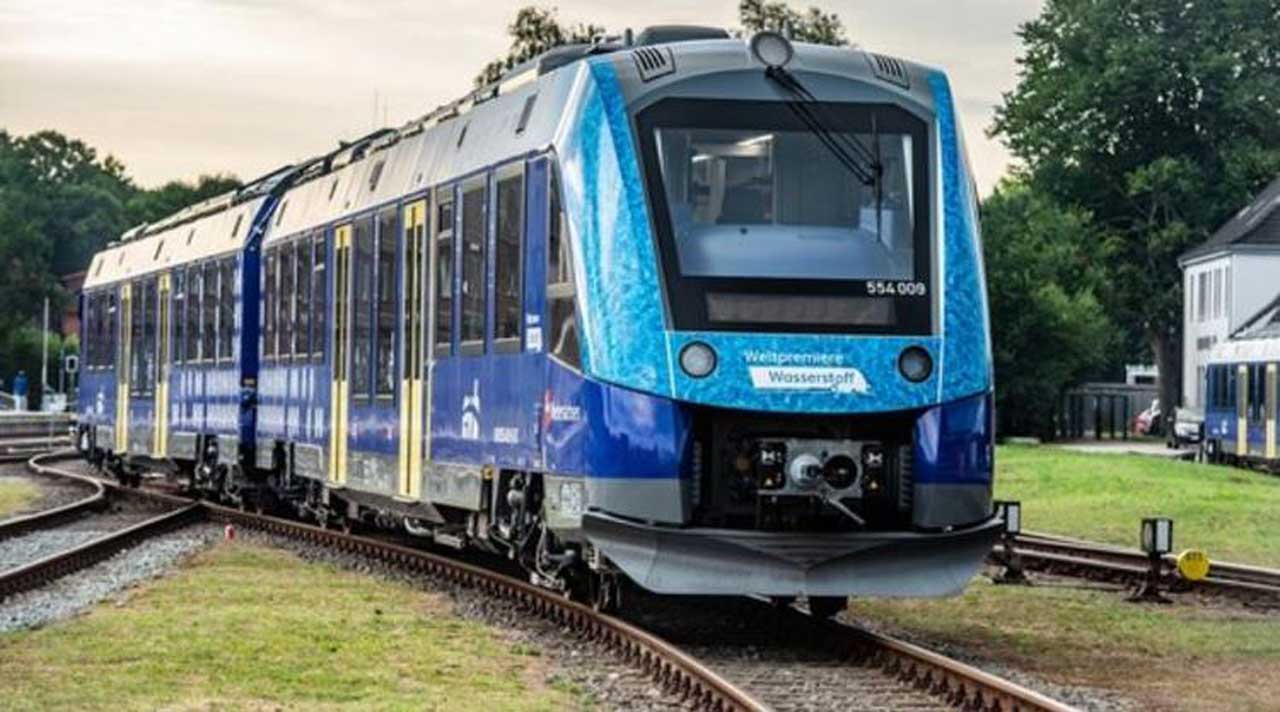Recently, there are more and more reasons to prefer traveling by train to an airplane. Comfort, accessibility to the city center, plenty of scenery outside the window, and the absence of long lines at checkpoints are just some of them.
Another reason in favor of the railway is its environmental friendliness. Trains emit 1 percent of global transport emissions, while air travel is about 2.5 percent.
The air transport industry promises to be carbon neutral by 2050. Many railway companies around the world have joined the call of the United Nations and are committed to making big changes now.
Gradually, railway operators are phasing out diesel fuel and electrifying. Australia, India, the UK, the US, and other countries have begun generating electricity from renewable sources using solar and wind energy.
Germany went the other way and launched the first all-hydrogen passenger trains. They started running last week on the regional line in Lower Saxony.
The hydrogen-powered Coradia iLint trains are built by the French international company Alstom and are powered by hydrogen fuel cells that generate electrical energy.
Winner of the 2022 Germain Sustainability Design Award, Coradia iLint is emission-free. Alstom claims that the trains emit only water vapor and condensation. The heat released is used for air conditioning.
Alstom’s 14 newest hydrogen-powered trains will replace 15 diesel trains on this route during the year. Five trains have already started running.
Without refueling, hydrogen Coradia can travel 1,000 kilometers. A kilogram of hydrogen replaces about 4.5 liters of diesel fuel. Refueling will take place daily at the Linde hydrogen filling station built along the route.
Hydrogen-powered trains are capable of moving at a speed of 145 kilometers per hour, on the same route their cruising speed will be from 80 to 120 km/h.
Alstom has won a second German contract for 27 Coradia iLint trains in Frankfurt. The company is building six more clean hydrogen locomotives for use in Italian Lombardy and twelve for shared use in four different regions of France.

